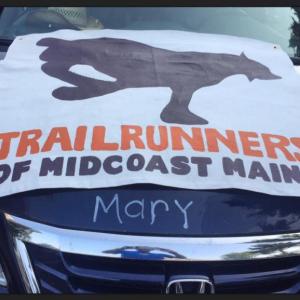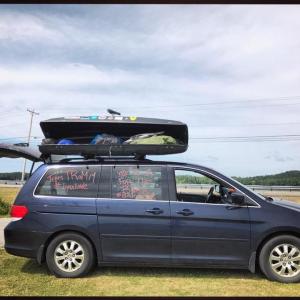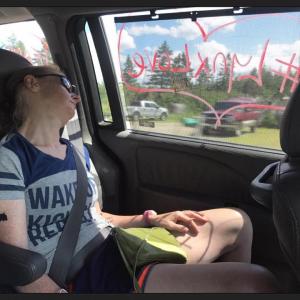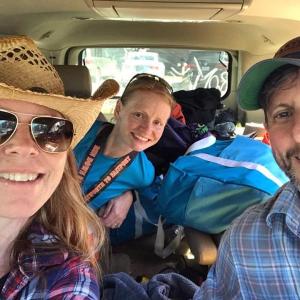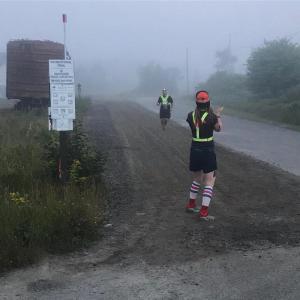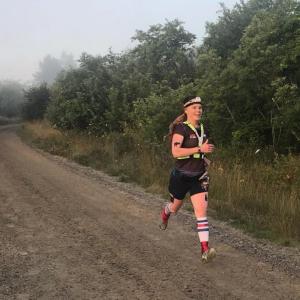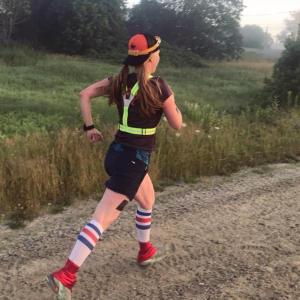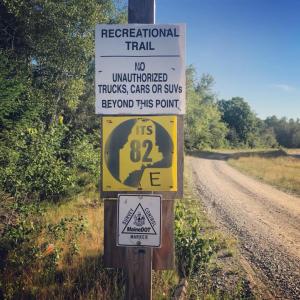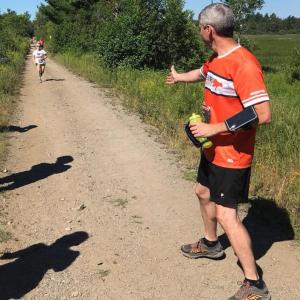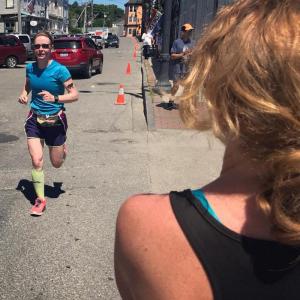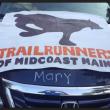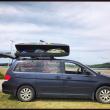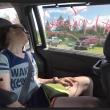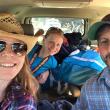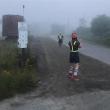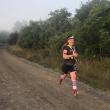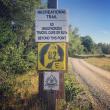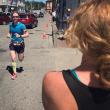On the trail, running for the Down East sunrise
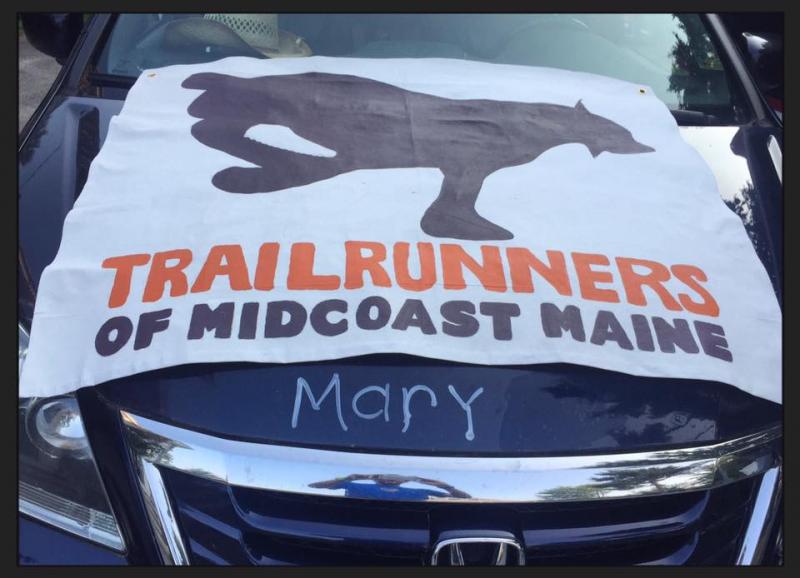 (Photo courtesy Emily McDevitt)
(Photo courtesy Emily McDevitt)
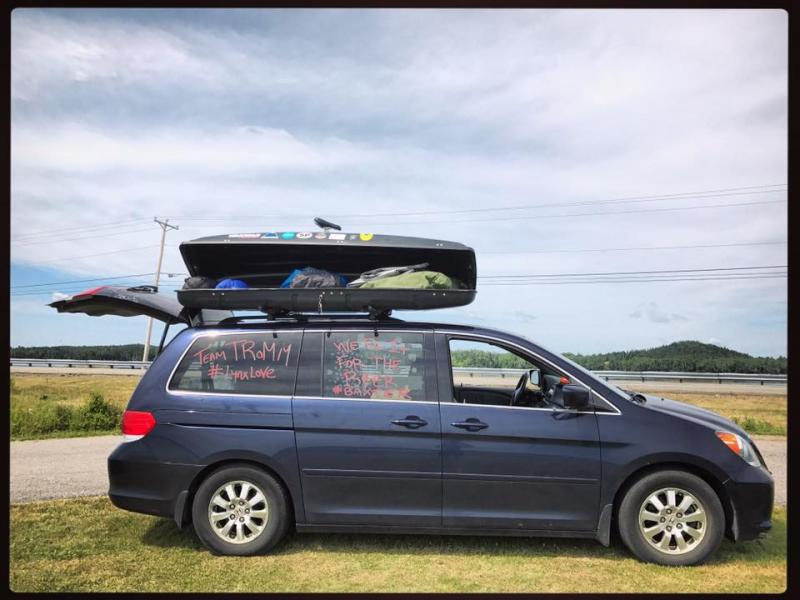 (Photo courtesy Emily McDevitt)
(Photo courtesy Emily McDevitt)
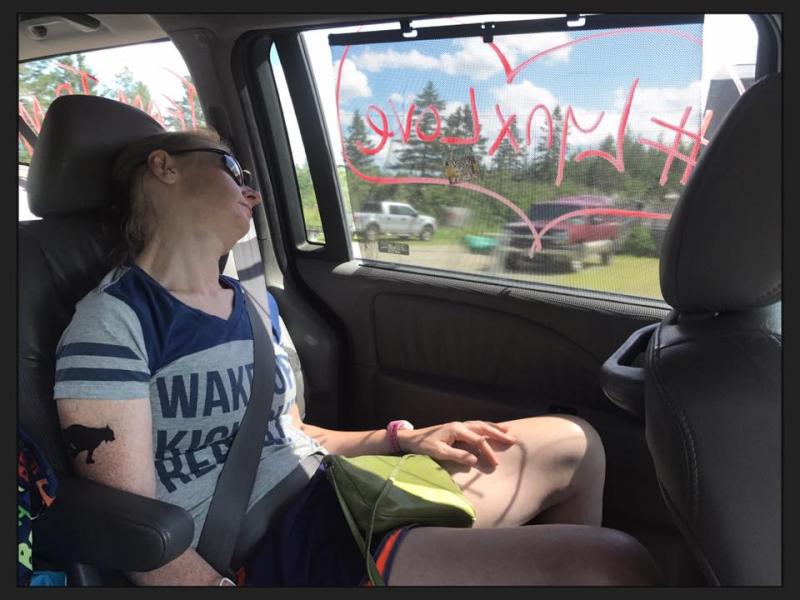 (Photo courtesy Emily McDevitt)
(Photo courtesy Emily McDevitt)
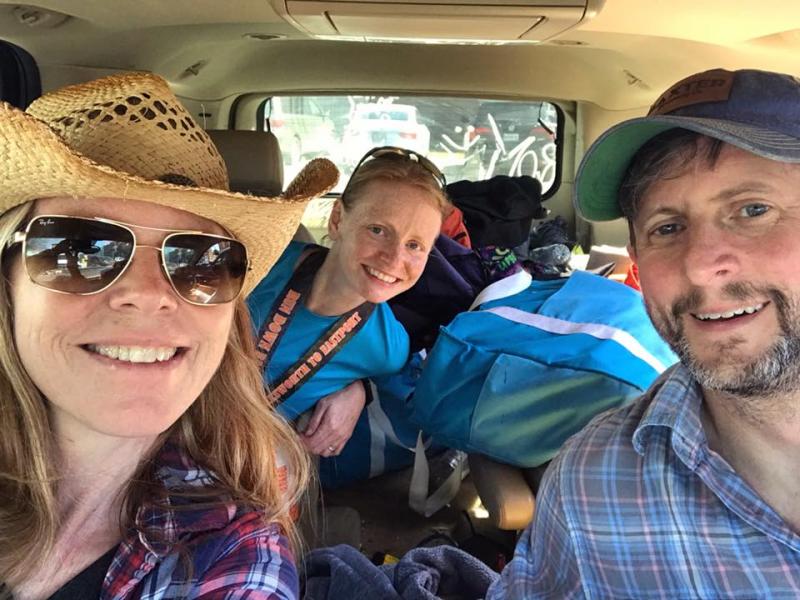 (Photo courtesy Emily McDevitt)
(Photo courtesy Emily McDevitt)
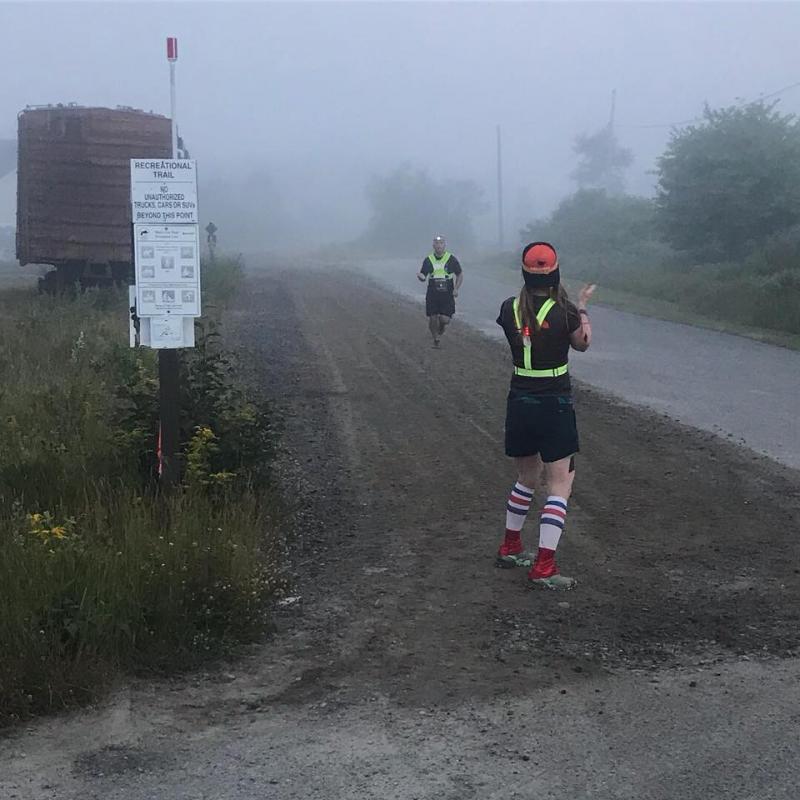 (Photo courtesy Emily McDevitt)
(Photo courtesy Emily McDevitt)
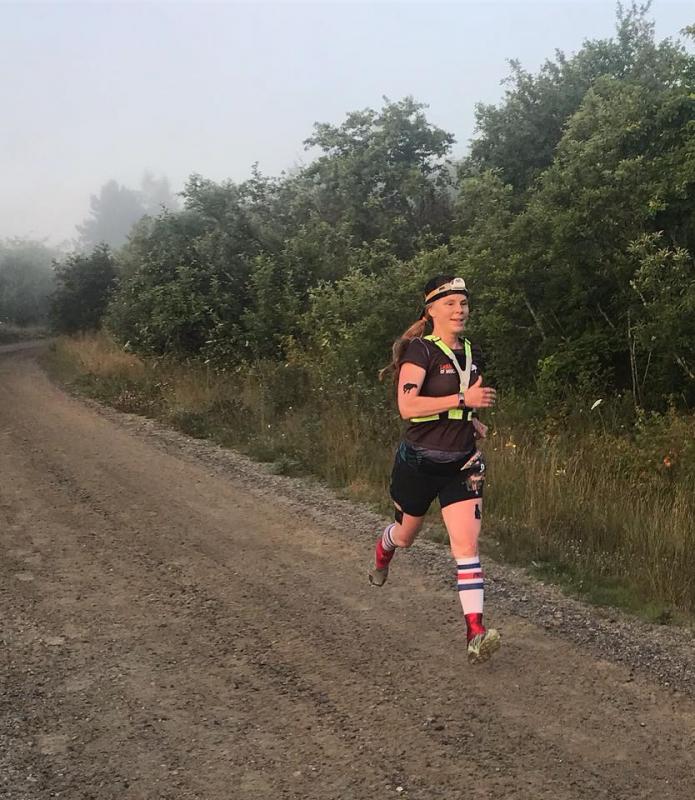 (Photo courtesy Emily McDevitt)
(Photo courtesy Emily McDevitt)
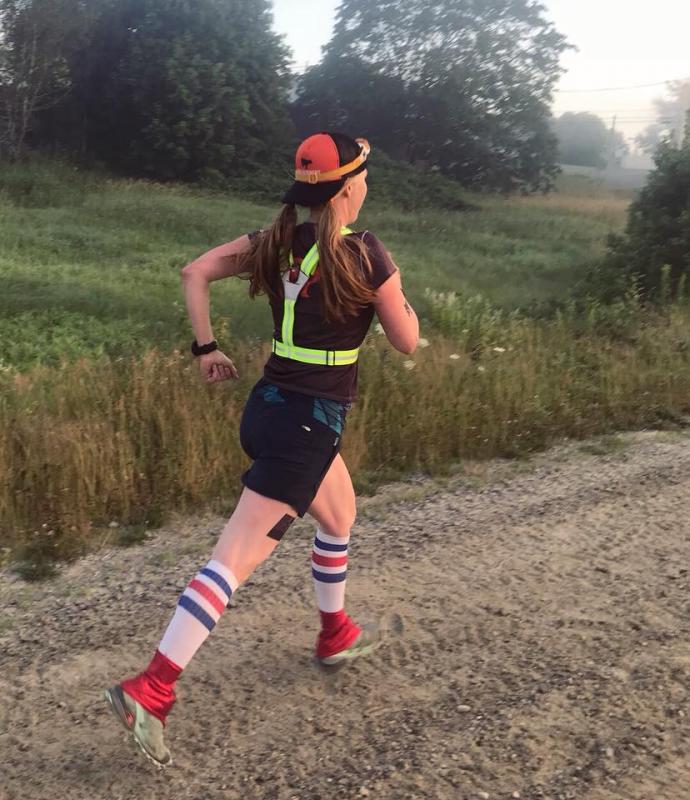 (Photo courtesy Emily McDevitt)
(Photo courtesy Emily McDevitt)
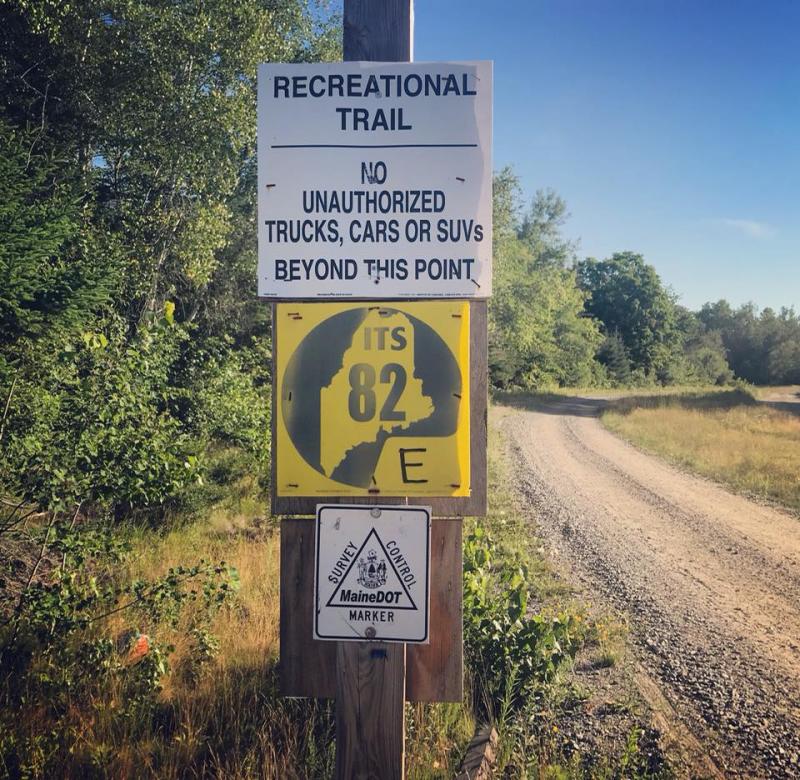 (Photo courtesy Emily McDevitt)
(Photo courtesy Emily McDevitt)
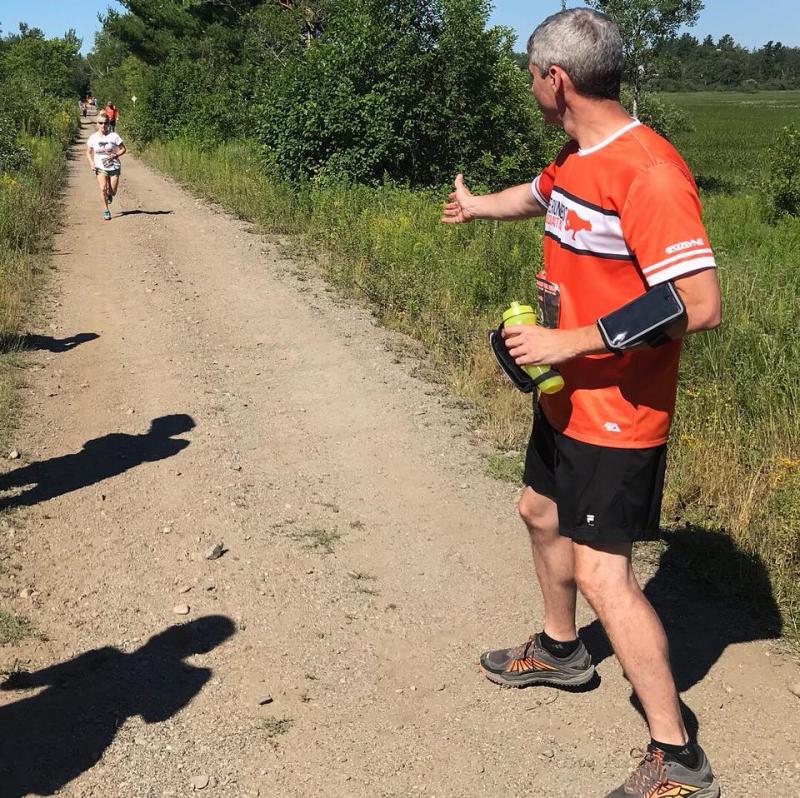 (Photo courtesy Emily McDevitt)
(Photo courtesy Emily McDevitt)
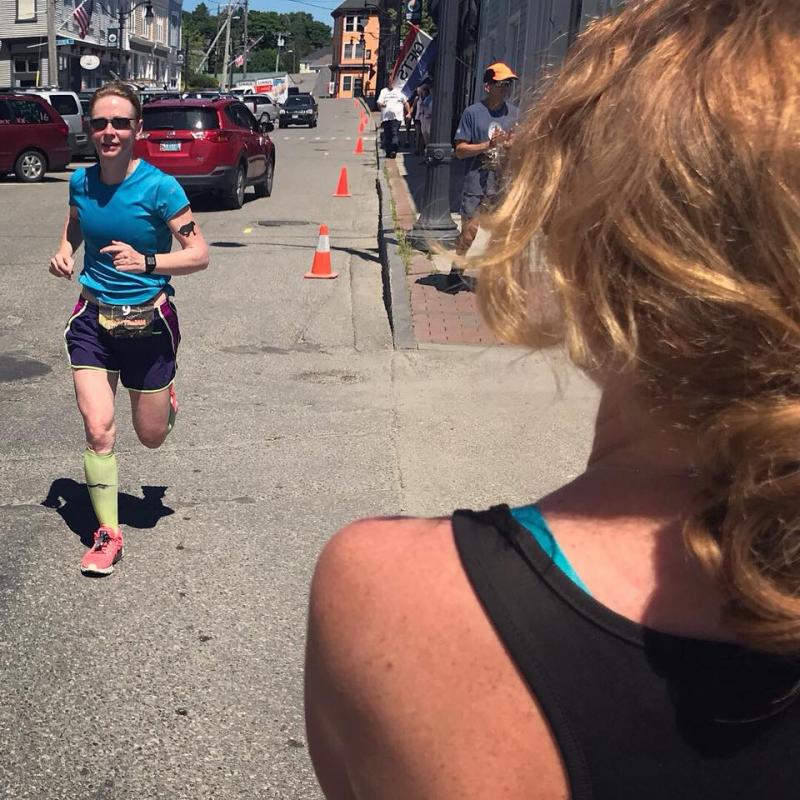 (Photo courtesy Emily McDevitt)
(Photo courtesy Emily McDevitt)
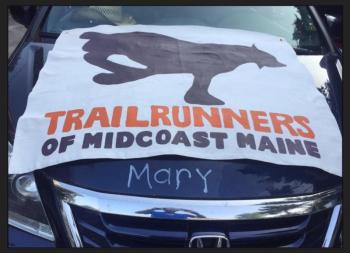 (Photo courtesy Emily McDevitt)
(Photo courtesy Emily McDevitt)
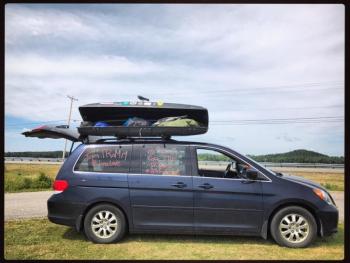 (Photo courtesy Emily McDevitt)
(Photo courtesy Emily McDevitt)
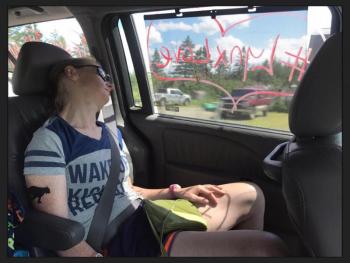 (Photo courtesy Emily McDevitt)
(Photo courtesy Emily McDevitt)
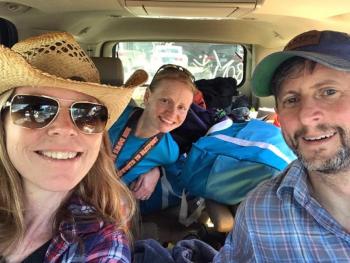 (Photo courtesy Emily McDevitt)
(Photo courtesy Emily McDevitt)
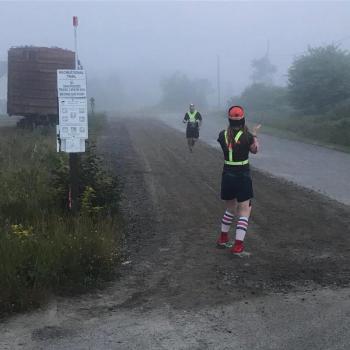 (Photo courtesy Emily McDevitt)
(Photo courtesy Emily McDevitt)
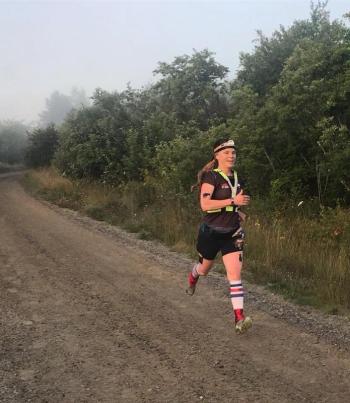 (Photo courtesy Emily McDevitt)
(Photo courtesy Emily McDevitt)
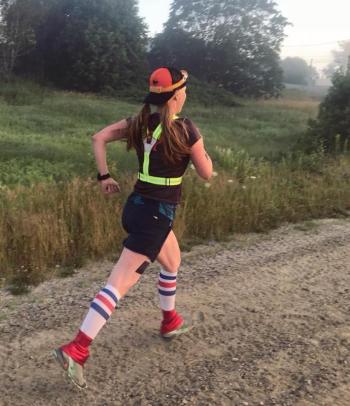 (Photo courtesy Emily McDevitt)
(Photo courtesy Emily McDevitt)
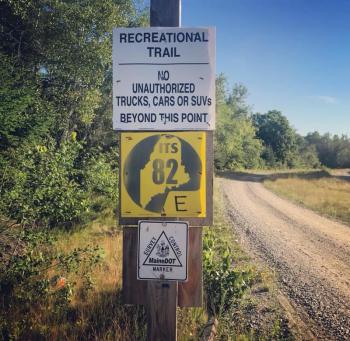 (Photo courtesy Emily McDevitt)
(Photo courtesy Emily McDevitt)
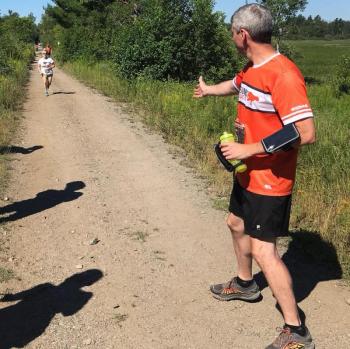 (Photo courtesy Emily McDevitt)
(Photo courtesy Emily McDevitt)
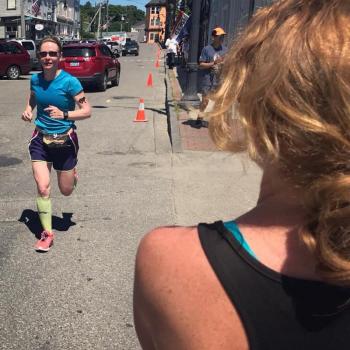 (Photo courtesy Emily McDevitt)
(Photo courtesy Emily McDevitt)
Fifty teams of runners, including two teams from Trail Runners of Midcoast Maine, are committed to an overnight, back-country relay, founded by Cranberry Island’s Gary Allen and his organization, Crow Athletics.
Registration is closed for the sixth annual Down East Sunrise Trail Relay, July 19 and 20, yet for teams ‘TRoMM’ and ‘TRoMM Too,’ the anticipation continues to mount for the “runner’s high” that keeps them returning each year.
The first runners from each team – consisting of no more than eight athletes per team – will step over the starting line, July 19, at the Ellsworth end of the Washington Junction to Ayers Junction rails-to-trails corridor. They’ll carry with them the required safety vests, blinking lights, and the promise of a hi-five that will send the next leg runners forward along the 100-plus mile course.
Smaller groups of TRoMMers also meet Wednesday, Friday, and Sunday mornings at other locations. There is no fee to join, however, an insurance form/disclaimer must be signed. trailrunnersofmidcoastmaine.com/
They’ll push through a sleepless night, high on the adrenaline and gumption necessary to advance their teams to a noontime, July 20, finish in Eastport.
“The running all night, it just makes it that much more... what it is,” said Emily McDevitt, founder of Trail Runners of Midcoast Maine (TRoMM).
As opposed to a regular jog, this race adds, “that element of hardship,” according to McDevitt, who will run with one of two teams formed entirely of TRoMM runners. (Other TRoMM runners also will participate with other teams.)
McDevitt loves running at night in general, and along the rail trail during DEST, in particular. Whereas in other relay races out of state, traffic was always a concern, “Here, you might be a little afraid of coming upon a moose, or a porcupine,” she said. “And people do.”
And at night, “the smells, the sensations – it’s just different than you can get during the day.”
The route takes athletes through woods and clearings, rough terrain and open pavement, nighttime lows and daytime summer highs.
It is 104 miles long, and mostly follows the converted railway, allowing for runners to make few decisions whether to turn left or right. As McDevitt was told by race director Gary Allen, “remember, trains can’t turn left at an intersection.”
For the vehicles keeping up with runners, navigation is a different animal. Some legs of the course, according to McDevitt, may only be five or six miles long, but the drive to the end of a stretch may involve upwards of 21.48 miles since no road passes through the same area.
Yet, the driving, and the logistics of fitting four athletes each into two vehicles for hours on end, are small compared to the exhilaration of the challenge.
“When it’s sunrise, and you’ve been up all night, and you are just amp’d up on coffee – no sleep – it’s a cool feeling,” she said.
Event Date
Address
United States

